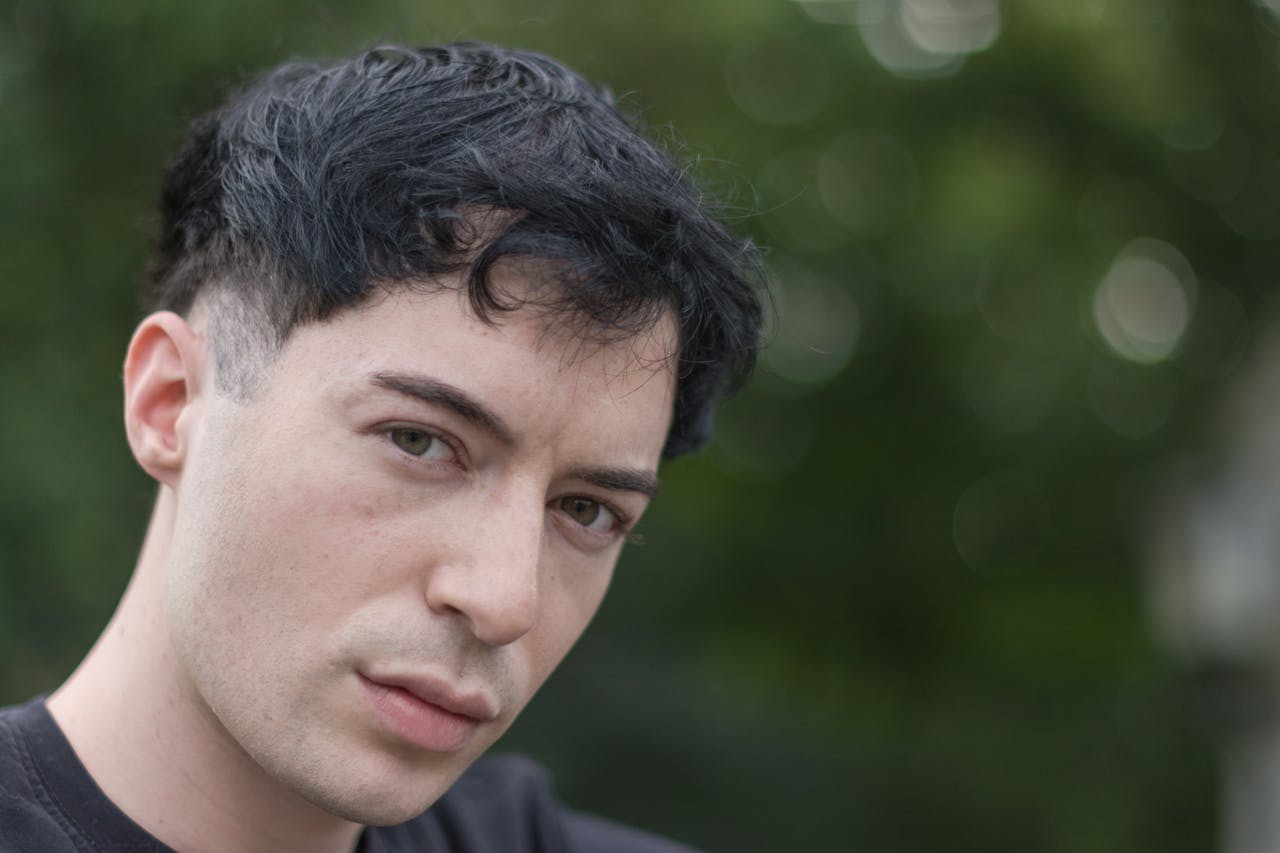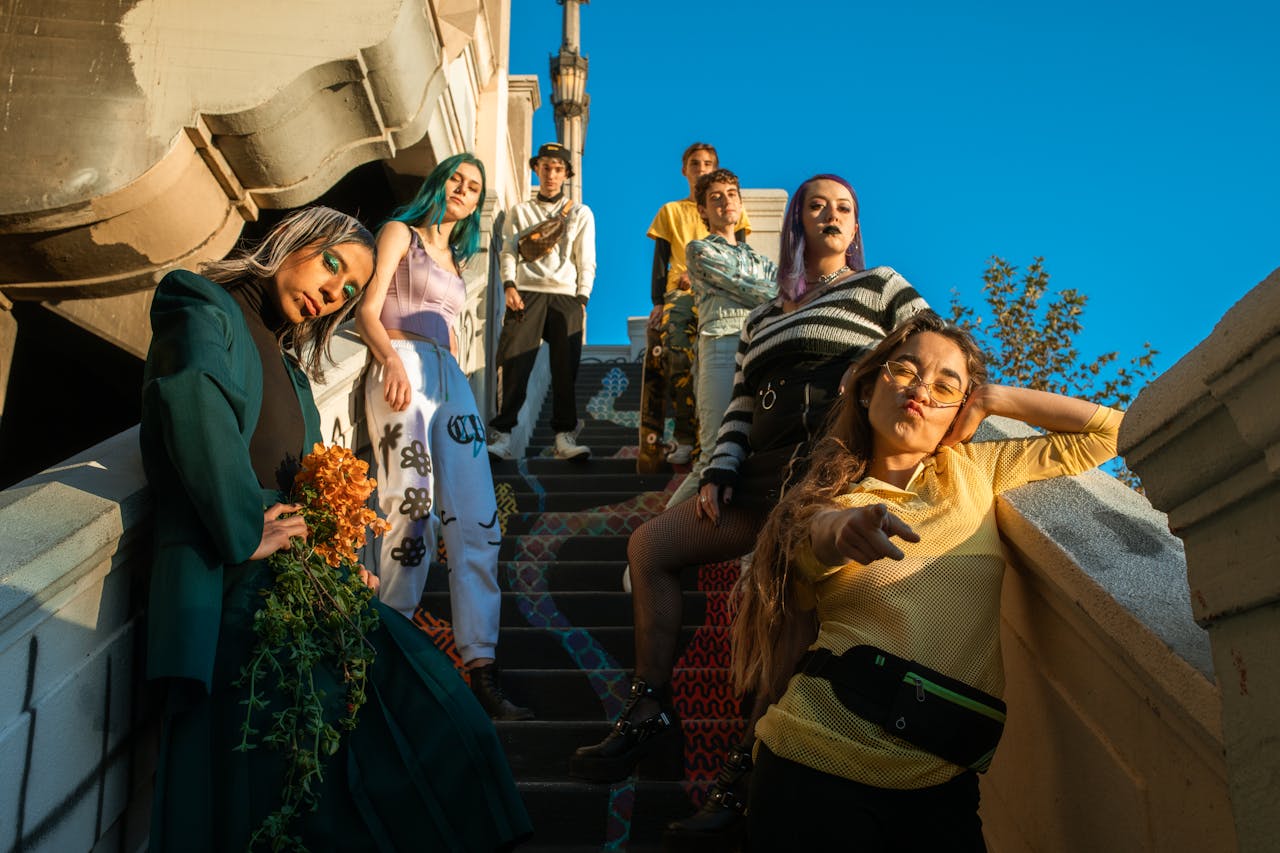Relationships come in many shapes, sizes, and complexities. One identity that often sparks curiosity and discussion is polysexuality.
While similar to other sexual orientations, polysexuality is unique in its emphasis on attraction to multiple genders, but not all genders.
In this post, we will explore what polysexuality means, how it fits into Ethical Non-Monogamous (ENM) dynamics, debunk common misconceptions, and discuss how to support polysexual individuals within these spaces.
Whether you’re familiar with the term or new to it, this blog post will offer a clearer understanding of polysexuality and its role in ENM communities.
Key Takeaways
- Polysexuality is attraction to some, but not all, genders, distinct from pansexuality.
- In ENM, polysexual individuals prioritize relationships that match their specific gender preferences.
- Support polysexuality by respecting identities, avoiding assumptions, and fostering inclusive spaces.
What is Polysexuality?
Polysexuality is a sexual orientation characterized by attraction to multiple, but not all, genders.
It is an identity that acknowledges the diversity of human attraction while also recognizing that attraction is often not equal to every gender.
Unlike pansexuality, which denotes attraction to people regardless of gender, polysexuality is defined by a selectivity in the genders a person finds attractive.
A polysexual person may feel attraction to certain genders, but not all.
For instance, a polysexual individual might feel attracted to men, non-binary individuals, or genderqueer people, but not women.
This distinction sets polysexuality apart from pansexuality, which does not acknowledge any specific gender preference.
Polysexuality allows for an individual to self-define and embrace the fluidity of their own attractions, while recognizing that these attractions may have clear boundaries and preferences.
This sexual orientation is unique because it offers a broad spectrum of possibilities for expressing attraction, allowing individuals to explore and develop personal connections based on their own preferences.
In this sense, polysexuality can be adaptive and personalized, giving each person the autonomy to define how they experience attraction.
Some polysexual individuals may experience fluidity in their attractions over time, meaning that the genders they are drawn to may shift as they grow and change.
However, other polysexual individuals may have consistent and stable preferences, where they are consistently attracted to a particular set of genders, regardless of time or context.
Ultimately, polysexuality offers a way to acknowledge and navigate the complexities of gender and sexual attraction, while embracing both flexibility and self-determination.

How Polysexuality Fits into ENM
In ethical non-monogamy, polysexuality plays an essential role in shaping the dynamics of relationships and how partners are selected.
Since polysexual individuals have distinct gender preferences, this directly influences how they approach romantic and sexual connections.
In ENM spaces, individuals who identify as polysexual may find themselves navigating relationships in a way that differs from others who may identify as bisexual, pansexual, or heterosexual.
Unlike someone who might be open to relationships with any gender, a polysexual person may prefer to form partnerships that align with their specific gender-based attractions.
For instance, a polysexual person might prioritize relationships with individuals who align with their specific gender preferences rather than being open to all potential partners regardless of gender.
This can result in more diverse yet specific combinations of partners within the context of polyamorous or open relationships.
In such relationships, a polysexual individual might form bonds with people of specific genders, like men or non-binary individuals, depending on the unique preferences that define their attraction.
This nuanced approach emphasizes the importance of clear communication and boundaries within ENM relationships, ensuring that partners understand and respect each individual’s attraction patterns.
In turn, this fosters a more respectful and inclusive environment, where everyone’s identities and preferences can be acknowledged and honored.
Clear communication is also crucial for ensuring that partners have mutual understanding and agreement about what kinds of relationships are pursued.
In ENM relationships, respect for the polysexual identity can prevent misunderstandings and promote a healthier, more accepting dynamic between all parties involved.
Common Misconceptions About Polysexuality
“Polysexuality and polyamory are the same thing.”
This is a misconception that confuses two different concepts.
Polysexuality refers to the sexual attraction to multiple genders, while polyamory is a relationship style that involves consensually having multiple romantic or sexual relationships.
Although some polysexual individuals may practice polyamory, it’s important to recognize that one does not inherently imply the other.
Polysexuality is about attraction, while polyamory is about the structure of one’s relationships.
Some polysexual individuals might prefer monogamy or other forms of ethical non-monogamy (ENM) that do not involve multiple romantic or sexual partners.
It’s crucial to understand that sexual identity and relationship style are separate aspects of an individual’s personal experience.
“Polysexuality is just a phase.”
This is a harmful stereotype often used to invalidate people’s sexual identities.
Like any other valid sexual orientation, polysexuality is a real and enduring part of someone’s identity.
Just because someone’s attractions evolve or change over time doesn’t mean their identity is temporary or invalid.
Many individuals may go through periods of exploration and growth, but this doesn’t diminish the legitimacy of their polysexual identity.
In fact, just as some people realize they are bisexual or pansexual over time, others come to understand that polysexuality reflects their own authentic experience of attraction.
The idea that polysexuality is merely a phase undermines the complexity of human sexuality and the way people experience their own attractions.
Therefore, polysexuality should be respected as a long-term and genuine sexual orientation.
“Polysexuality excludes non-binary people.”
This statement is a misunderstanding of what polysexuality represents.
Many polysexual individuals are deeply attracted to non-binary and gender-diverse people.
In fact, the very nature of polysexuality means that attraction can extend to a range of genders, including non-binary, genderqueer, and genderfluid individuals.
Polysexuality does not imply an exclusion of any specific gender, but rather it involves selective attraction to some genders and not others.
A polysexual person may find themselves attracted to men, non-binary people, and genderfluid individuals, while another may prefer women and agender individuals.
There is no single definition of what genders a polysexual person may be attracted to, and the diversity of polysexual experiences further enriches the overall understanding of this identity.
At its core, polysexuality is about the individual’s experience of attraction, not about rigidly defining which genders are included or excluded.

How to Support Polysexual Individuals in ENM Spaces
Respect Their Identity
Just as with any other sexual orientation, it’s important to honor and validate polysexuality without questioning its legitimacy or existence.
Polysexual people should never be made to feel that their identity is less valid or real than other sexual orientations.
When interacting with polysexual individuals, acknowledge their identity and approach it with an open mind and respect.
Ask, Don’t Assume
Since polysexual attraction can be diverse and individualistic, it’s always best to ask rather than make assumptions about someone’s preferences or attractions.
By asking respectful questions, you demonstrate a willingness to learn and understand their experience without imposing stereotypes or making generalizations.
Assuming someone’s attraction based on preconceived notions may lead to misunderstanding and exclusion.
Create Inclusive Spaces
Whether in polycule dynamics, dating groups, or within ENM communities, it’s vital to ensure that polysexual individuals feel welcomed, acknowledged, and seen for who they are.
Creating an inclusive environment involves recognizing the importance of diverse identities and fostering a culture of mutual respect and understanding.
Every person should feel free to express their attractions and relationships without fear of judgment or exclusion.
Use Correct Terminology
Understanding the differences between polysexuality, pansexuality, and bisexuality can help facilitate conversations that are sensitive and accurate.
Using the correct terminology shows respect for someone’s identity and helps to avoid confusion between sexual orientations.
Educating oneself about different sexual identities and how to use the correct language is an important step in supporting polysexual individuals and promoting a more inclusive society.
Final Thoughts
Polysexuality is a vibrant and valid identity that enriches the diversity of ENM communities.
By understanding its nuances and respecting individual attractions, we create more inclusive and affirming spaces for all.
At the end of the day, the key to ethical non-monogamy is communication, respect, and embracing diverse identities—polysexuality included.
No single label can define everyone’s unique experience, but by acknowledging and respecting polysexual identities, we take a step toward greater inclusivity in relationships and communities.

FAQ on Polysexuality
Can a polysexual person’s attractions change over time?
Yes! Just like with other sexual orientations, attraction can evolve over time, and that’s completely normal. Some polysexual individuals may experience fluidity in their preferences, while others have consistent patterns of attraction.
Is polysexuality the same as being bisexual but more selective?
Not exactly. While bisexuality includes attraction to two or more genders, polysexuality specifically means attraction to some, but not all, genders. A polysexual person may have a specific set of gender attractions, whereas a bisexual person may feel more broadly attracted to multiple genders.
How do I know if I’m polysexual?
If you find yourself attracted to multiple genders but not all, and the label resonates with you, then polysexuality might be the best descriptor for your identity! It’s okay if your understanding of your attraction evolves, and there’s no rush to define yourself.
Does polysexuality affect relationship styles in ENM?
It can! A polysexual person may prioritize relationships based on specific gender attractions, which might influence their dating preferences in non-monogamous settings.
For example, a polysexual individual in an ENM structure may seek out partners from specific gender identities, creating unique relationship dynamics within polycules.
How can I explain polysexuality to someone unfamiliar with it?
You can say: “Polysexuality means being attracted to multiple, but not all, genders. It’s different from pansexuality, which is attraction to all genders, and bisexuality, which is attraction to two or more genders.” This explanation keeps it simple, clear, and accessible for those new to the concept.

Anna is an anthropologist with a passion for Ethical Non-Monogamy (ENM) and gender and sexuality studies. Through ENM Living, she shares research-based insights and informative content to help others explore and navigate alternative relationship models. Anna is dedicated to creating an inclusive space that celebrates love in all its forms and supports those navigating the complexities of ENM.





